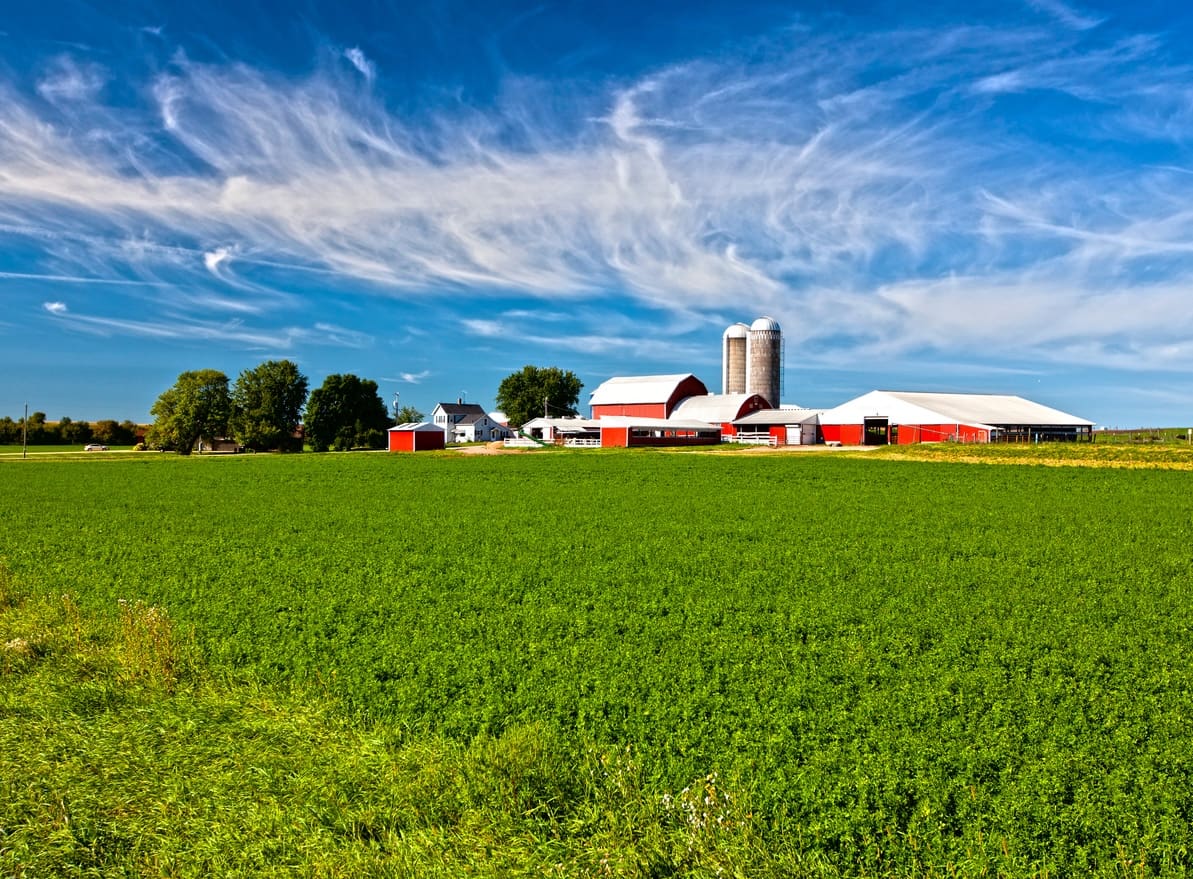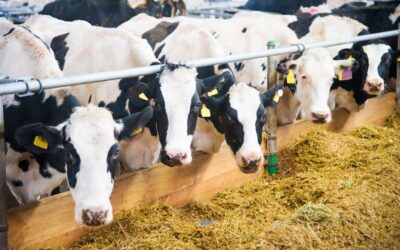Written by: Matt Gould and Abbie Cox
“Sustainability” – depending on who you are, what you do, and what you believe, this word conjures up a myriad of emotions. Confusion, passion, frustration – you name it, this topic brings a lot bubbling to the surface.
Why are there such strong emotions around the topic of sustainability? If you talk to producers, they will tell you that there has been a lack of common-sense definitions, which is resulting in limited progress. Farmers are also frustrated by additional requirements and intimidated by the seemingly vague nature of the approaches in the marketplace – without a clear path to getting paid. Most processors are in the same boat.

The need to focus on implementation
This year we’ve seen a substantial shift in priorities from leading food companies. Large food companies have grown impatient with years of “talk” and are moving to demonstrate progress toward their 2030 carbon goals. For that to happen, sustainability data must be collected from the entire supply chain, aggregated, and reported, including the data from the farms, transport, and plants.
But with implementation comes a need for practicality. Practically speaking, the supply chain needs incentives to cover the additional cost of sustainability programs. So, developing a market for sustainable ingredients, an effort that Ever.Ag’s Sustainability Team is leading, could not be happening at a more important time.
Sustainability in practice
In the dairy industry, sustainability has virtually always been a priority, it just went by different names – stewardship, longevity, efficiency. Practices that are beneficial for the environment are often also beneficial for the industry’s bottom line. For example, improving soil organic matter and optimizing manure application at the farm level reduces the need for synthetic fertilizer – a costly expense. Increasing yields at the plant level or decreasing traveled road miles improves margins, too.
Today, sustainability is quantified through carbon footprints. A dairy farm’s carbon footprint is calculated using industry tools such as NMPF’s FARM Environmental Stewardship tool or a the European-based Cool Farm Tool and results are presented as Carbon Dioxide Equivalents, or kilograms of CO2e. At the plant, estimated coefficients are applied to transform energy usage, transport miles, and packaging into kilograms of CO2e.
Dairy ingredient footprints have six primary drivers – with typically more than 90% of the emissions happening at the farm level. The six drivers are:
- Feed
- Manure
- Milk Production
- Transportation miles
- Energy
- Plant Yield
Calculating and verifying a primary data driven carbon footprint for the dairy supply chain requires practical implementation. Not only is it a real picture of the emissions of our industry, but it can add value.
Together, we are creating the opportunity to monetize lower carbon footprints based on market-based concepts that drive progress for generations to come.


